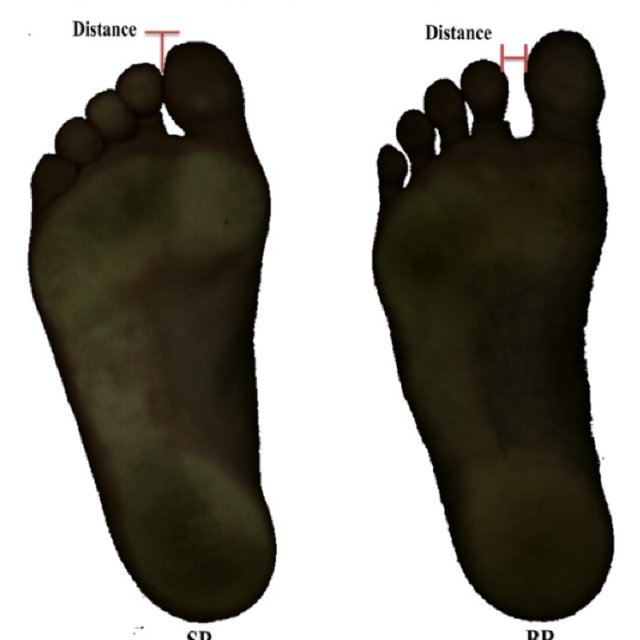iterations of shoe forms
ubiquity blindness: the not-seeing of traits in something, often an object, due to its cultural status as normal and the frequency of the seer’s seeing it; the assumption of a thing’s harmlessness or good, implied by its very ubiquity.
As in, for example, the shape of the common shoe. There is a clash in geometry between a human foot and most shoes, a clash which goes unseen and unconsidered by shoemakers and shoe-wearers alike.
Most shoes! I could repeat myself for days and nearby ears wouldn’t hear, nearby eyes wouldn’t see. They’d think “She is only talking about pointy high heels, the drastically tapering shoes”. I am in fact talking about most shoes.
Try this: Extract the insole of your shoe. Now, stand upon it and let your toes relax and be pressed out by your weight. Let the rays of your footbones expand outward from the heal — let your feet be as big as they are. Do they surpass the borders of your insole? This is highly likely. Or, does your bunion surpass the borders of the insole while your toes obediently submit to the tapering form? This is also likely! Whatever state your foot is in, the morphological research is clear; unfettered human feet are triangular in form, and most contemporary shoes mould feet into a sort of diamond shape.
If you had never worn shoes in your life, your toes would splay out in a ray from your heel. Since you were a toddler you’ve been moulding your feet into the shape of shoes, which for whatever reason commonly taper.
“You’ve been moulding…” I shouldn’t quite say. Your parents started it! Though, they didn’t know what they were doing. They didn’t think “time to change the child’s footshape,” though that’s indeed what they did. How bizarre is that???? That they commenced to shifting your bone structure and muscular development without being aware of the fact.
Now that’s ubiquity blindness.
(Ponder here too the ubiquity of American circumcision, despite the obviously beneficial gliding function of the foreskin [well designed I dare say] – but I won’t go on an #intactivist rant on a shoe post! #bodilyautonomy #bornthisway)
I am not here to demonize shoes. I LOVE shoes. They are one of our most ancient tools for a reason, making us expedient movers in harsh conditions. While I recommend taking them off as often as possible to utilize the foot’s whole gamut of muscles and joints (our feet have a huge range of motion if we let them), I’d never recommend walking around without foot protection in the paved world we’ve built and littered with glass and needles.
What I am demonizing, and confused about, is the ubiquity of a tapering forefoot in 99% of shoes on the market. I’m talking about Converse, I’m talking about Nike and Adidas and Vans. I’m talking about nearly every shoe on the market, tapering toward an apex at the center of the toes. This common taper bends the hallux and pinkie toward the other toes, thereby interrupting the postural chain / balance mechanisms all the way up the body, without intent or awareness of the act. Tradition, ubiquity blindness, and a mysterious and persistent global attraction to this biomechanically compromised form.
Global Historical Trend of a Bodyclashing Shoeform - Why?
Beyond just “the market,” it’s clear to see that a tapering forefoot is common across the globe and throughout human history. WHY????? There’s this massive question of why. I’m sure there are multiple answers for multiple contexts… For example, extremity of taper seems historically to be related to status, as in the impracticality of a very pointed shoe for labor implying the wearer’s wealth. Other gentle tapers seem possibly to be related to an economy of construction, somehow seeming like the simplest form to make in the solving of the problem “attach sole to foot.” (?????) Or, is the taper a case of “runaway sexual selection”, wherein that which is formally attractive to a species begins to hinder its survival?
I’m just riffing… This is a material historian’s task!







